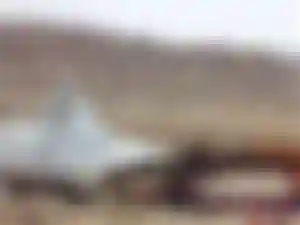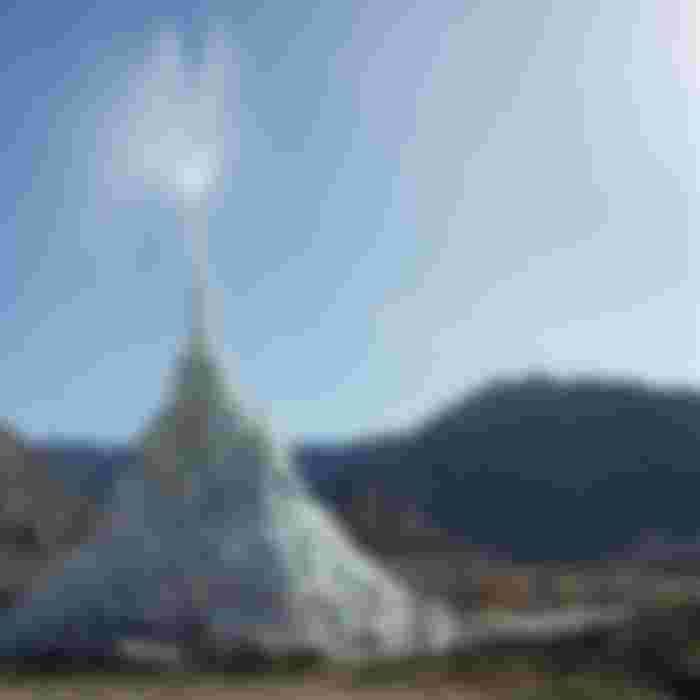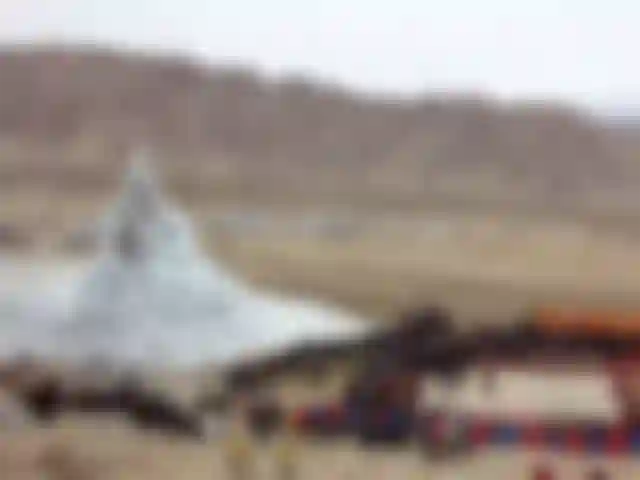The region of Ladakh fall in the most northern part of India, beyond it is Tibet. It is a high altitude area where villages are in between 2700 mtrs to 4000 mtrs altitude. It falls in the rain shadow area therefore rainfall is very less, the average rainfall in a year is about 100 mm. The Indus river and its tributaries are the main source of water and the villages are near the river banks of these rivers. The area is termed as cold desert and the local people get water from these rivers by channeling them to their fields. The major crops grown here are barley, wheat, vegetables and fruits like apple, apricot etc.
The problem of water aggravates maximum in the moths of April and May each year. The water levels in the streams are at the lowest and the villagers have to compete with each other to get water to their fields. This is the time to water the newly planted crops. By mid June there is excess water due to melting snow and glaciers. By September all farming activities stop due to the onset of winter.

The problem of water is getting worse because of receding glaciers and local pollution. There is heavy tourist influx during the summer time. To tide over this problem Sonam Wangchuk, a local mechanical engineer and scientist came up with an innovative solution.
He used the water from the stream that flows in the winters and brought it near the cultivation lands through pipes. At the end he put a pipe vertically so that water comes out of it like a natural geyser. This water when it falls in the ground starts to freeze and forms small ice pyramids or cones of 15 to 30 metres height. These resemble the Buddhist stupa which is the predominant religion there and are therefore called the ‘ice stupas’. Each stupa can hold about 1 million to 5 million litres of water depending on the size.

The winter temperature here goes well below zero degree so formation of ice is easy. When the temperature starts rising in the month of April and May these ice stupas start to melt and the water from it are channeled to the fields for cultivation, when it is most needed by the villagers. This way there is no need to make concrete water storage tanks and small dams. He says that things which work in big cities won’t work here because the ecosystem is different in the mountains, so local solutions have to be made to solve local problems.




We have heard of many initiatives about Ladakh in India and China People in the Ladakh region, citizens of the two countries, will be better off through peace transport between the two countries.